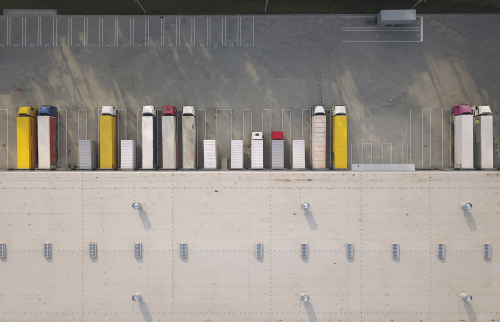The Brookings Institution is committed to quality, independence, and impact.
We are supported by a diverse array of funders. In line with our values and policies, each Brookings publication represents the sole views of its author(s).

Research
BPEA | 1985 No. 11985, No. 1
OVER THE PAST FIFTEEN YEARS there has been an extraordinary increase in the dispersion of wages among manufacturing industries in the United States. While there were moderate cyclical swings in the coefficient of variation of hourly wages between 1955 and 1970, there was no obvious trend in this indicator of dispersion. Yet between 1970 and 1984, it increased by about a third, reflecting primarily an increase in relative wages in high-wage industries. In a sample of average hourly earnings in fifty-seven manufacturing industries (at the three-digit SIC level), the correlation between wage levels in 1970 and wage changes between 1970 and 1984 was 0.37.3 Over the decade of the 1970s, for example, the compensation of steel and auto workers increased 30 and 15 percent more, respectively, than did the sample average. Union wages rose 11 percent more than did nonunion wages in the U.S. manufacturing sector overall.